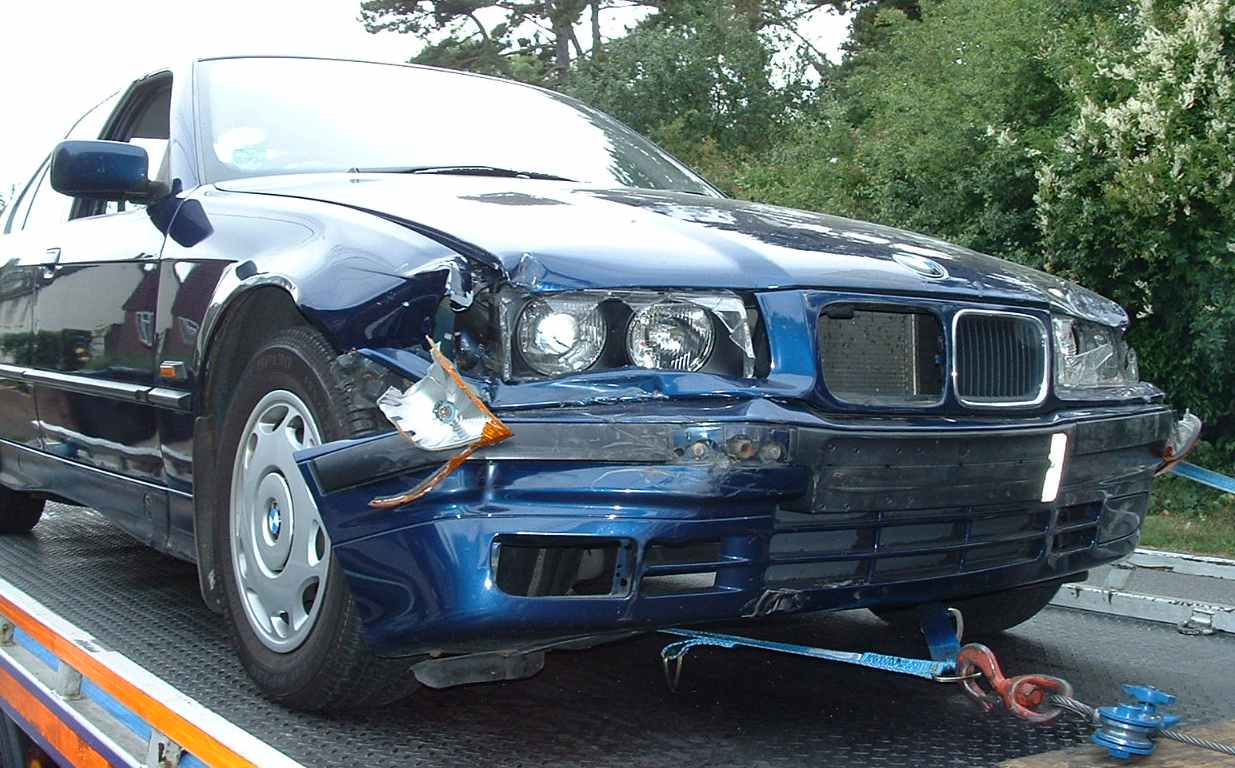How is it that most peoples' body fat mass stays relatively stable over long periods of time, when an imbalance of as little as 5% of calories should lead to rapid changes in weight? Is it because we do complicated calculations in our heads every day, factoring in basal metabolic rate and exercise, to make sure our energy intake precisely matches expenditure? Of course not. We're gifted with a sophisticated system of hormones and brain regions that do the calculations for us unconsciously*.
When it's working properly, this system precisely matches energy intake to expenditure, ensuring a stable and healthy fat mass. It does this by controlling food seeking behaviors, feelings of fullness and even energy expenditure by heat production and physical movements. If you eat a little bit more than usual at a meal, a properly functioning system will say "let's eat a little bit less next time, and also burn some of it off." This is why animals in their natural habitat are nearly always at an appropriate weight, barring starvation. The only time wild animals are overweight enough to compromise maximum physical performance is when it serves an important purpose, such as preparing for hibernation.
I recently came across a classic study that illustrates these principles nicely in humans, titled "Metabolic Response to Experimental Overfeeding in Lean and Overweight Healthy Volunteers", by Dr. Erik O. Diaz and colleagues (1). They overfed lean and modestly overweight volunteers 50% more calories than they naturally consume, under controlled conditions where the investigators could be confident of food intake. Macronutrient composition was 12-42-46 % protein-fat-carbohydrate.
After 6 weeks of massive overfeeding, both lean and overweight subjects gained an average of 10 lb (4.6 kg) of fat mass and 6.6 lb (3 kg) of lean mass. Consistent with what one would expect if the body were trying to burn off excess calories and return to baseline fat mass, the metabolic rate and body heat production of the subjects increased.
Following overfeeding, subjects were allowed to eat however much they wanted for 6 weeks. Both lean and overweight volunteers promptly lost 6.2 of the 10 lb they had gained in fat mass (61% of fat gained), and 1.5 of the 6.6 lb they had gained in lean mass (23%). Here is a graph showing changes in fat mass for each individual that completed the study:
.png) We don't know if they would have lost the remaining fat mass in the following weeks because they were only followed for 6 weeks after overfeeding, although it did appear that they were reaching a plateau slightly above their original body weight. Thus, nearly all subjects "defended" their original body fat mass irrespective of their starting point. Underfeeding studies have shown the same phenomenon: whether lean or overweight, people tend to return to their original fat mass after underfeeding is over. Again, this supports the idea that the body has a body fat mass "set point" that it attempts to defend against changes in either direction. It's one of many systems in the body that attempt to maintain homeostasis.
We don't know if they would have lost the remaining fat mass in the following weeks because they were only followed for 6 weeks after overfeeding, although it did appear that they were reaching a plateau slightly above their original body weight. Thus, nearly all subjects "defended" their original body fat mass irrespective of their starting point. Underfeeding studies have shown the same phenomenon: whether lean or overweight, people tend to return to their original fat mass after underfeeding is over. Again, this supports the idea that the body has a body fat mass "set point" that it attempts to defend against changes in either direction. It's one of many systems in the body that attempt to maintain homeostasis.OK, so why do we care?
We care because this has some very important implications for human obesity. With such a powerful system in place to keep body fat mass in a narrow range, a major departure from that range implies that the system isn't functioning correctly. In other words, obesity has to result from a defect in the system that regulates body fat, because a properly functioning system would not have allowed that degree of fat gain in the first place.
So yes, we are gaining weight because we eat too many calories relative to energy expended. But why are we eating too many calories? Because the system that should be defending a low fat mass is now defending a high fat mass. Therefore, the solution is not simply to restrict calories, or burn more calories through exercise, but to try to "reset" the system that decides what fat mass to defend. Restricting calories isn't necessarily a good solution because the body will attempt to defend its setpoint, whether high or low, by increasing hunger and decreasing its metabolic rate. That's why low-calorie diets, and most diets in general, typically fail in the long term. It's miserable to fight hunger every day.
This raises two questions:
- What caused the system to defend a high fat mass?
- Is it possible to reset the fat mass setpoint, and how would one go about it?
* The hormone leptin and the hypothalamus are the ringleaders, although there are many other elements involved, such as numerous gut-derived peptides, insulin, and a number of other brain regions.









